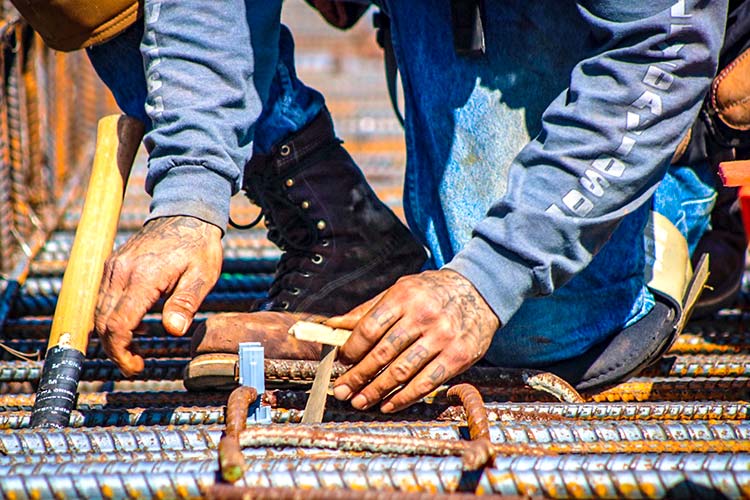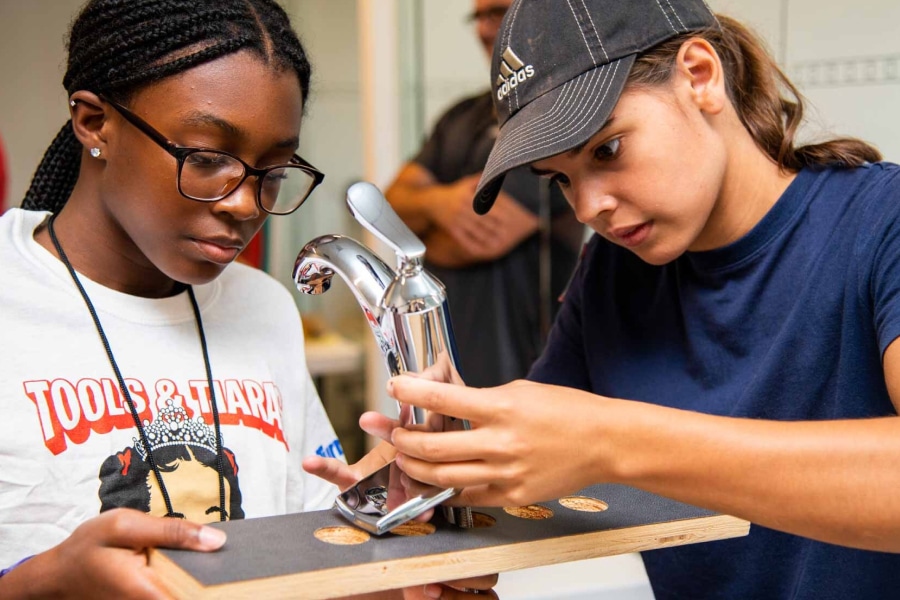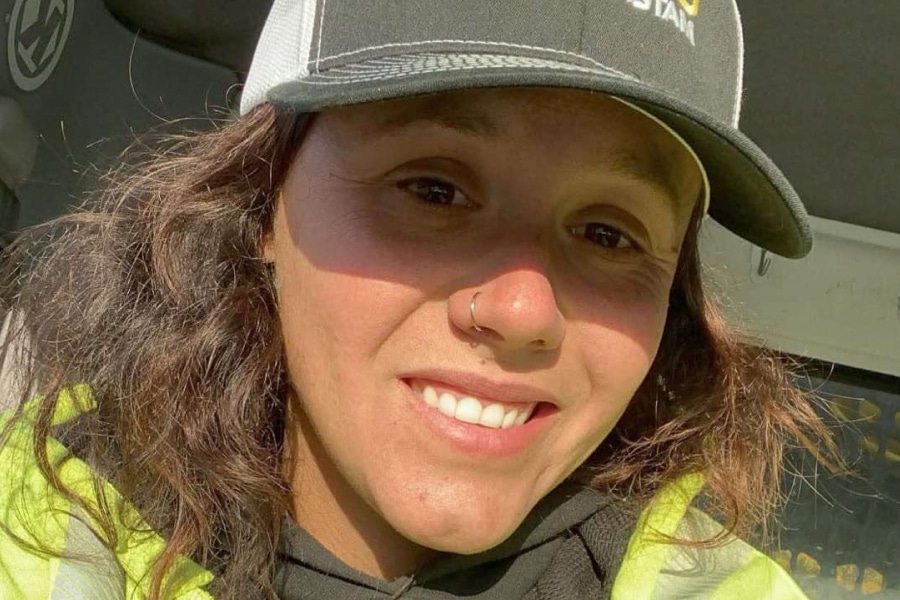San Diego County is in the midst of a massive public works project, building an 11-mile extension of its trolley system from the University of California San Diego campus to downtown San Diego. This includes train stations, bridges, dams, roadways and rail lines. The San Diego Association of Governments (SANDAG) is the owner of the project, and three national construction leaders, Stacy and Witbeck, Herzog, and Skanska, have come together to form a fully integrated joint venture known as MCTC (Mid-Coast Transit Constructors). There are about 350 craftsmen, 120 staff members and scores more subcontractors turning this $1.3 billion construction project into a reality. And Tara Garner, owner of Under Construction Photography in Ventura County, California, is doing her best to photograph as many of them as possible.
Eric Meisgeier of Stacy and Witbeck, who is a deputy project manager for MCTC, first saw Garner’s photographs on LinkedIn. “She had a picture that really struck me. In construction, everybody takes pictures of what we are building. Nobody takes a lot of pictures of the people involved in it,” he said. Meisgeier reached out to Garner to see if she would come down and take some shots of the people working on the project.
That turned into an assignment that is still ongoing: so far Garner has taken photographs of over 300 workers from dozens of crews. At the end of the project, she’ll present printed portraits to the workers. She’s also working on compiling a book that documents the workers and the project. But because this is so unusual, she’s sort of starting from scratch and having to figure out how to do this on her own. There’s no blueprint for this type of project. It’s to MCTC’s credit that when Meisgeier discussed the idea of Garner shooting portraits of all the craftsmen, they were immediately on board.
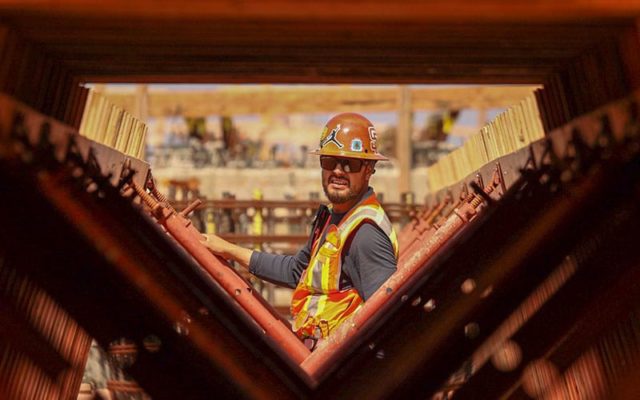
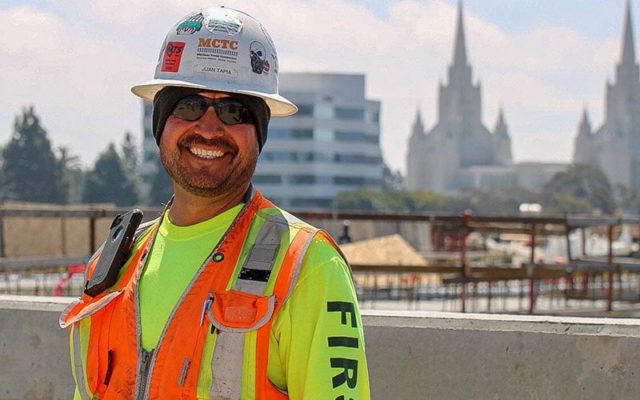
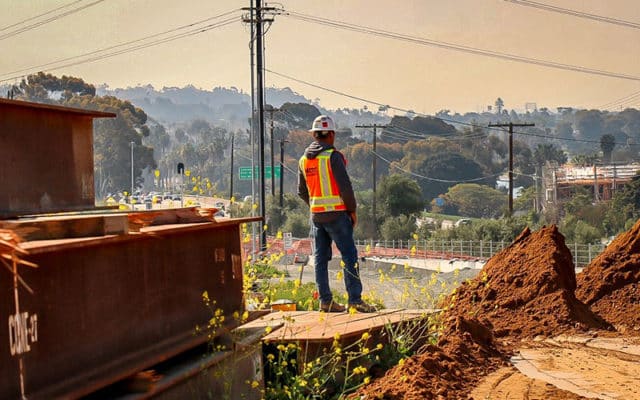
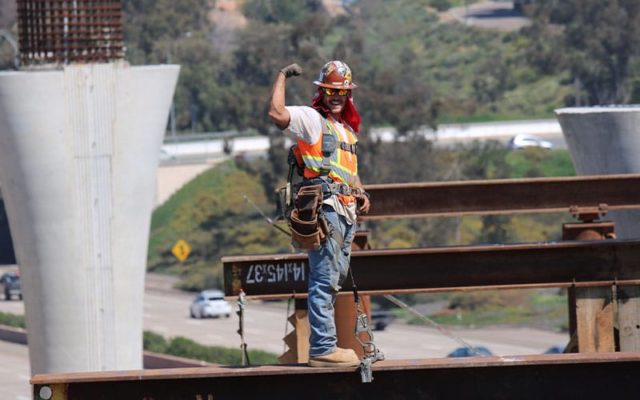
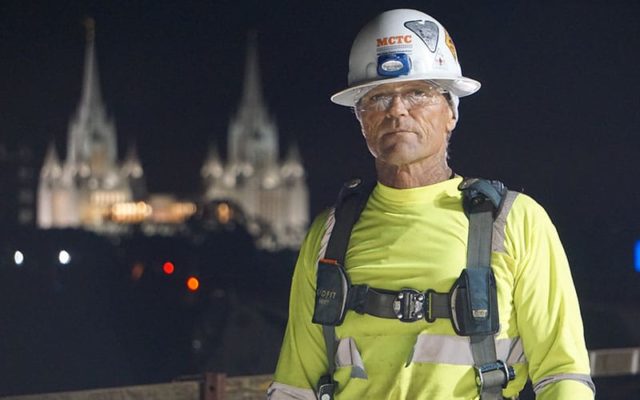
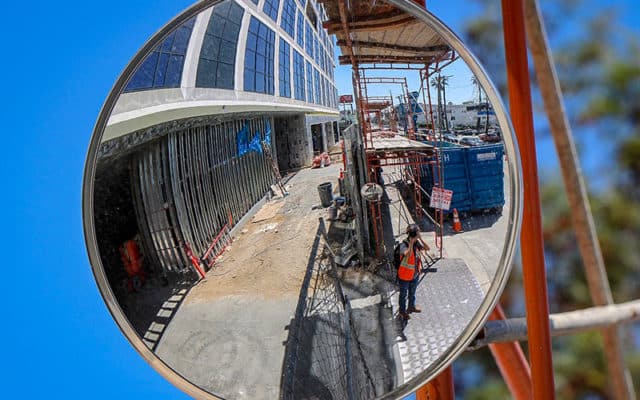
This is perhaps why people who speak about MCTC, people who know, talk about what a special job it is. How well everybody gets along, the special connection between the workers. People tell Meisgeier all the time that MCTC is the best project they’ve ever worked on; his answer is that the job is successful but it’s successful because of the people. He wanted to mark that teamwork in a special way with Garner’s photography. Ricardo Martinez, a foreman on site who is in charge of bridge falsework, and who had his portrait taken by Garner, called MCTC “a great brotherhood,” one where people feel appreciated by the management. “It’s not all the time where your company has [someone] coming around, pulling you out while you’re working to take some pictures,” he added.
Garner sees firsthand the effect these portraits have on folks. She herself comes from a family of ironworkers going five generations back. Her father was an ironworker and she wishes she had a portrait of him like the ones she’s taking of others. One of her goals is to give something back to the workers who give so much of themselves to build our world—including their bodies. When she walks onto a site with a camera and explains what she’s there to do, the workers are flattered. “They kind of turn into hams,” she said, posing for shots and making sure they’re even more focused than usual.
“It brings something special to the workers,” added Garner. “It really brings the humanity into the industry of who these people are.”

